|
Jablonecs
nad Nisou
Jablonecs nad Nisou, the town we go to to buy glass beads,
where importers for 500 years have been going to to buy glass
beads for the jewelry trade. First mentioned as a town in 1385,
originally situated in the kingdom of Bohemia, then in the province
of Bohemia in the Austrian Empire, ruled from Vienna by the Hapsburgs.
Made famous as the center of glass bead making by German glass
masters such as Swarovski, Jablonecs was also known as Gablons
nou Neisse when the area was also known as Sudetenland, and annexed
to Germany as a province during World War Two. After the war,
the Germans were deported back to Germany, and Jablonecs continued
on as a center for glass bead making, but in a much more subdued
manner.
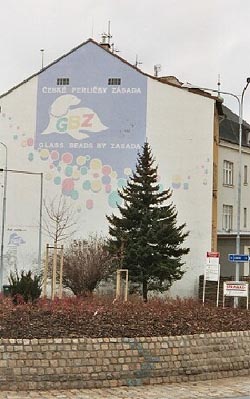 During its height, Jablonecs had
over 2000 export agents dealing with glass beads and other jewelry
items associated with bead making and the trade, but after the
war that was reduced to one, Jablonex, the state run export monopoly
that controlled all exports out of Czechoslovakia involving glass
beads and crystal. During its height, Jablonecs had
over 2000 export agents dealing with glass beads and other jewelry
items associated with bead making and the trade, but after the
war that was reduced to one, Jablonex, the state run export monopoly
that controlled all exports out of Czechoslovakia involving glass
beads and crystal.
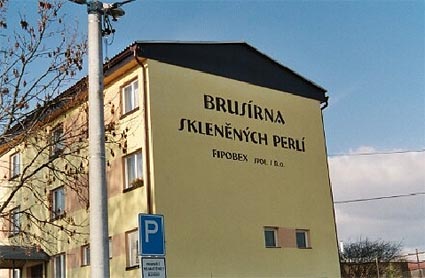
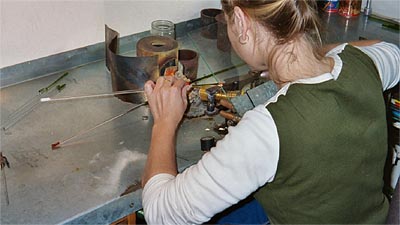
Now the area has approximately 10 to 12 bead factories, and
hundreds of cottage industry factories making lampwork beads
and hand pressed beads and buttons, involving several towns close
to Jablonecs, such as Liberecs and Zelezney Brod. There is also
a world famous glass school in Zelezney Brod, and several glass
museums sprinkled around the area.
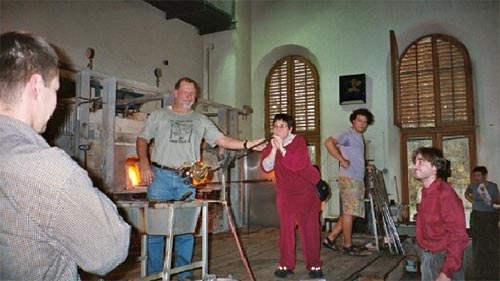
The glass school in Zelezney Brod.
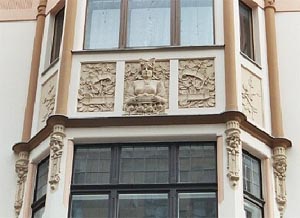 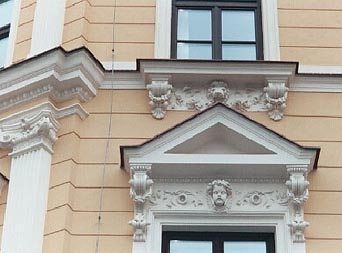
The architecture of the buildings in Jablonecs is incredible….art
deco from the 1900.
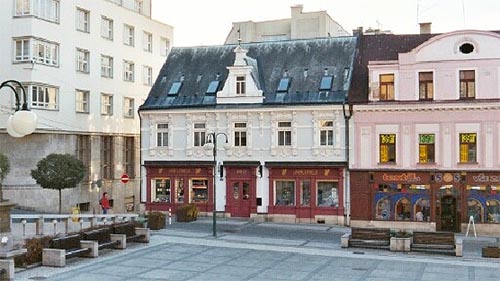
When we first arrived in Jablonecs back in 1999, we drove
in from Berlin, Germany, barely touching Prague as we made our
way north to get to Jablonecs, tunnel vision concentration not
allowing us to stop for anything until we got to our destination.
Jablonecs, center of European glass bead making…our mission,
find bead factories.
We drove in to the center of town, and found a huge 1960’s
communist style building that turned out to be the Hotel Mekur.
I made the decision to stop right there and book in to the hotel,
then begin investigating the town for factories.
We immediately started walking around the town, and noticed
that the buildings, although beautiful art deco style, were in
bad decay from over 60 years of neglect under communist rule.
Because no one owned the buildings, no one spent money repairing
them.
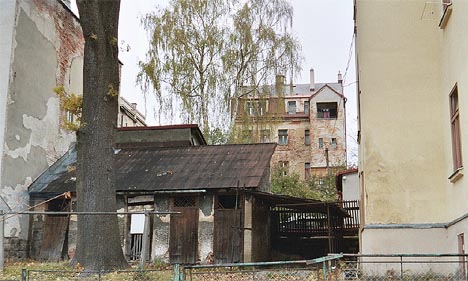
Condition of buildings when we first came to Jablonecs. Some
still look like this.
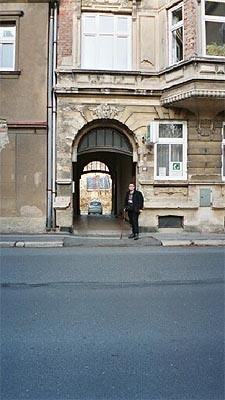 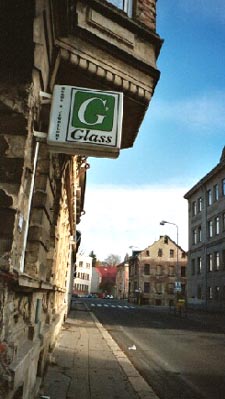
Glass SRO.
Not knowing where to begin, we asked the receptionist of the
hotel, who spoke English, to help us. She looked in the phone
book and made some calls. Before we knew it, we were hooked up
with a bead factory, and Petra, the salesperson who was to become
a good friend.
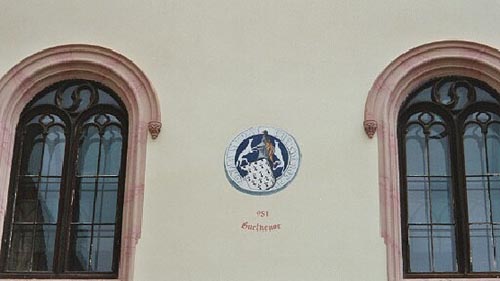
Not only art deco buildings, but also old buildings from the
1700 and 1800’s, and old churches abound in Jablonecs, and
even older castles dating from the 10th century are within easy
driving distance.
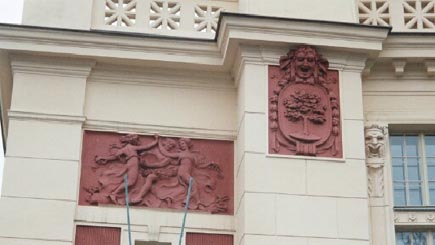
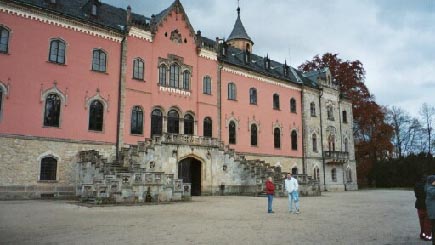
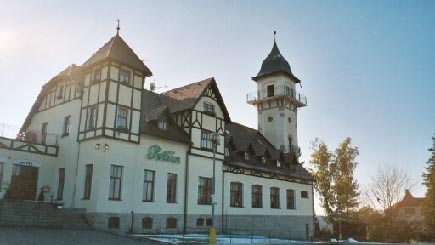
Hotel Petrin overlooking Jablonecs.
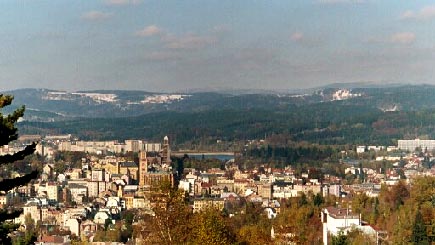
View of Jablonecs from Hotel Petrin.
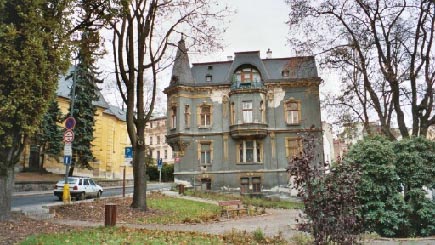
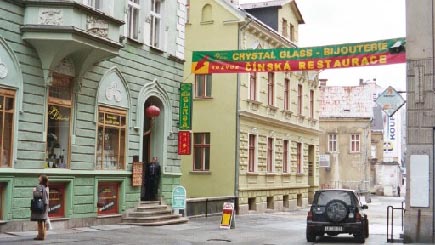
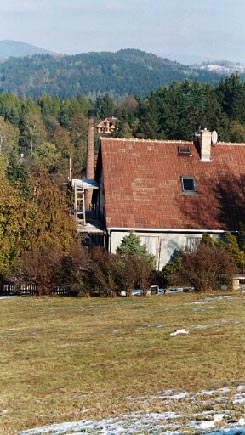
Factory out in the countryside.
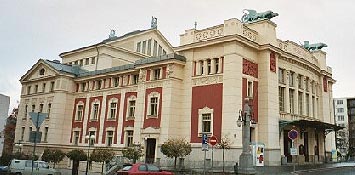
The theatre in Jablonecs.
These are just a few of the buildings and sights of Jablonecs.
Every year we go back and see the improvements being made to
the town. Old buildings being repaired, remodeled, roads built
or repaved, new construction occurring all over. A lot of the
buildings are being purchased by Russians and Germans, for investments
and by people relocating to Jablonecs for the lifestyle offered
by the region. Jablonecs is a sporting center for central Europe,
skiing in winter, watersports and hiking in summer. Mushroom
picking is a national pastime, with lots of forests nearby to
roam in.
In 1999, buildings could be purchased in town for $10,000.
Now, they are being offered for $1 million. Jablonecs and the
Czech Republic have rejoined the world.
   |